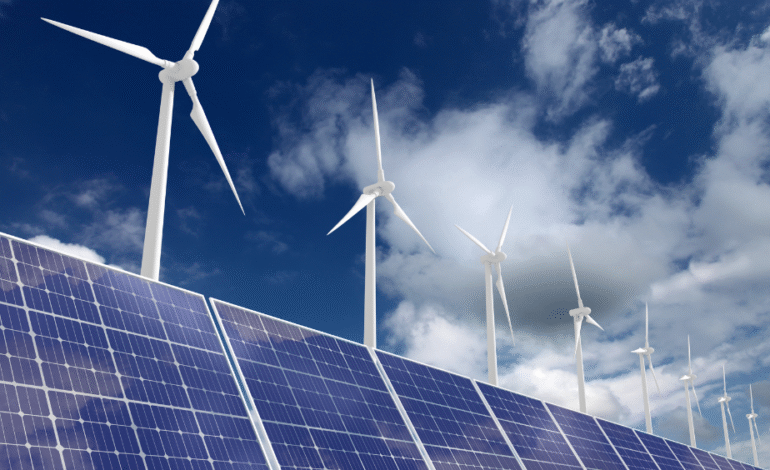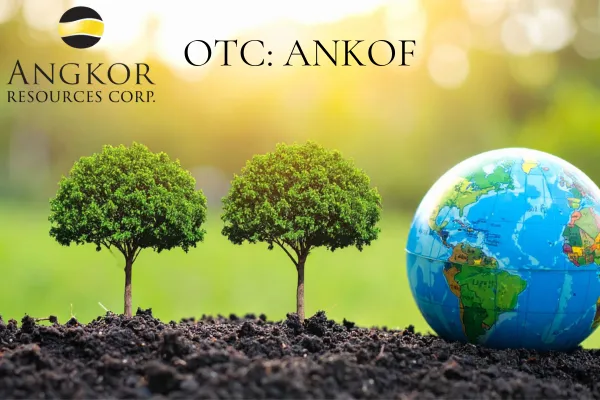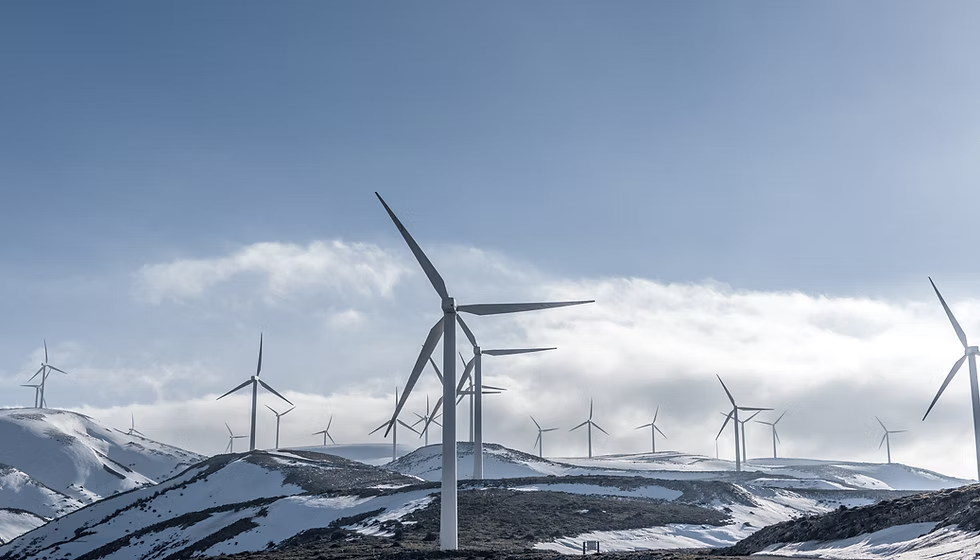Energy in 2025: Transition, Technology, and Sustainability Drive the Sector

The global energy sector in 2025 is defined by a decisive shift toward cleaner, more sustainable sources embedded with cutting-edge technologies. Renewable energy—primarily wind, solar, and hydropower—now contributes approximately 40% of global electricity generation, up from 25% five years ago. This transition is accelerated by government policies incentivizing decarbonization, major corporate commitments, and expanding battery storage capacity improving grid reliability.
Technological innovation plays a critical role, with smart grids optimizing supply-demand balancing through AI-driven analytics and real-time monitoring. Distributed energy resources, such as home solar panels and electric vehicle charging stations, are integrated seamlessly into grid infrastructure, enhancing resilience and consumer control.
Energy efficiency efforts advance with next-generation building designs, electrification of transport, and adoption of hydrogen fuels in heavy industries where direct electrification is challenging. Investments in green hydrogen production and carbon capture technologies promise to tackle emissions from hard-to-abate sectors.
Capital flows into energy storage, grid modernization, and EV infrastructure have surged, with the global energy storage market projected to triple by 2030. Meanwhile, fossil fuel production declines in many regions, constrained by regulatory pressures and market competition from renewables.
Social acceptance and community engagement remain crucial as governments strive to balance energy access, affordability, and climate goals. Energy companies embrace ESG (Environmental, Social, and Governance) frameworks, demonstrating transparency and sustainability leadership.
The energy sector’s trajectory in 2025 firmly embraces digital innovation and sustainable practices—catalyzing a resilient, low-carbon future aligned with global climate ambitions.








